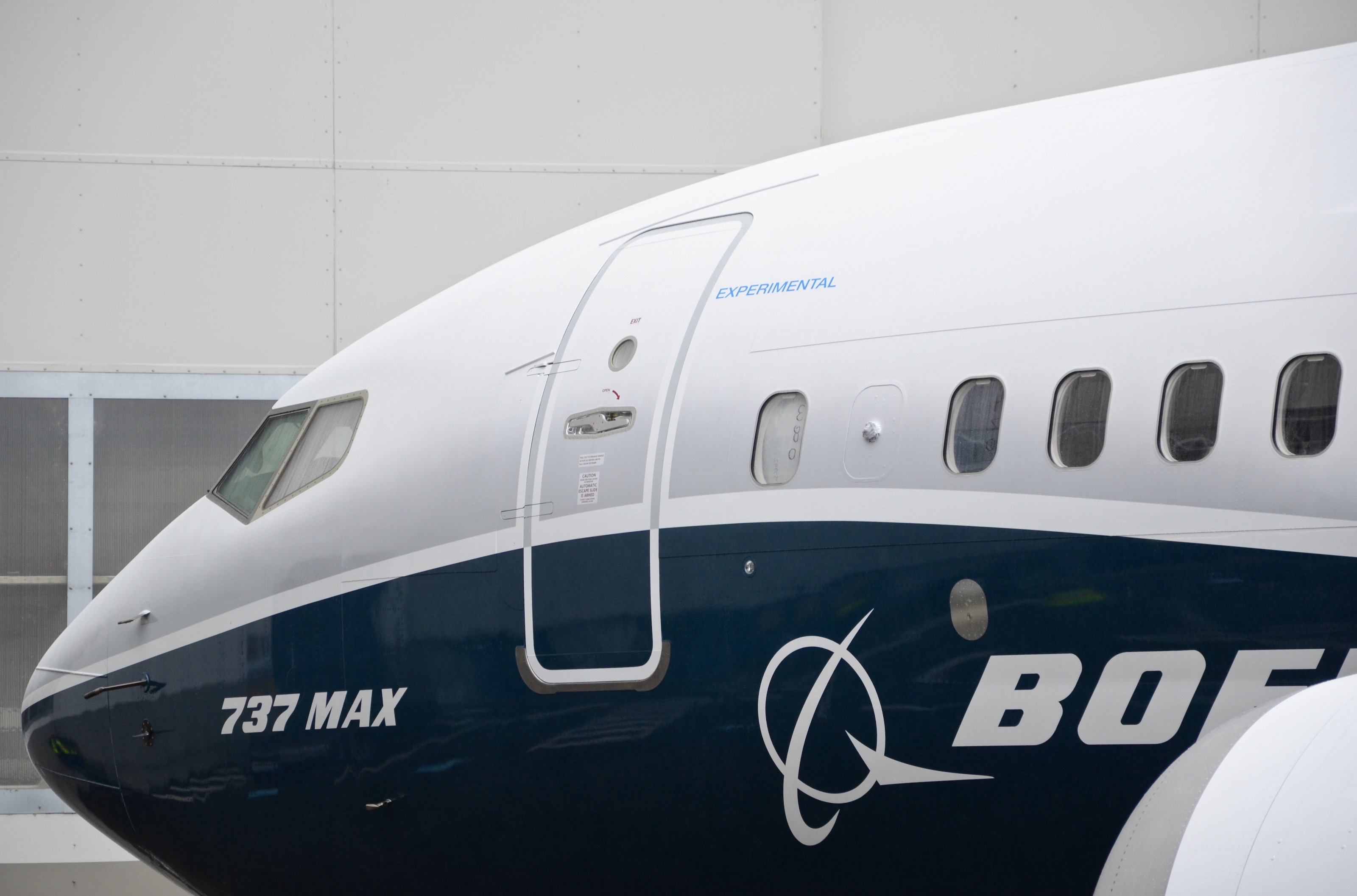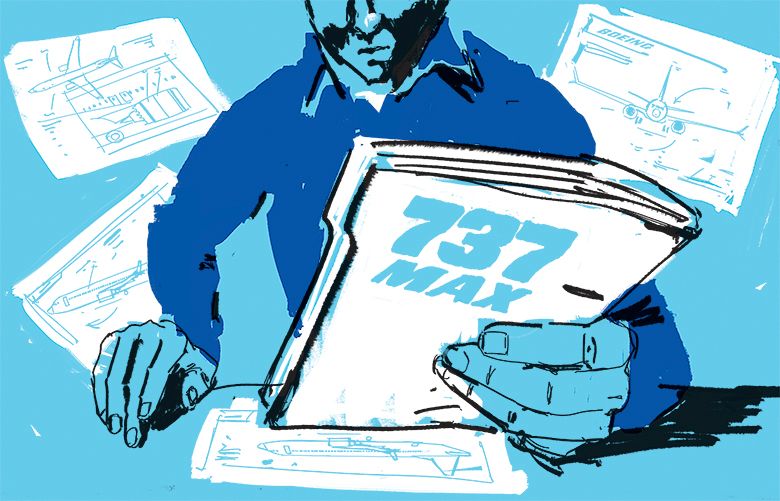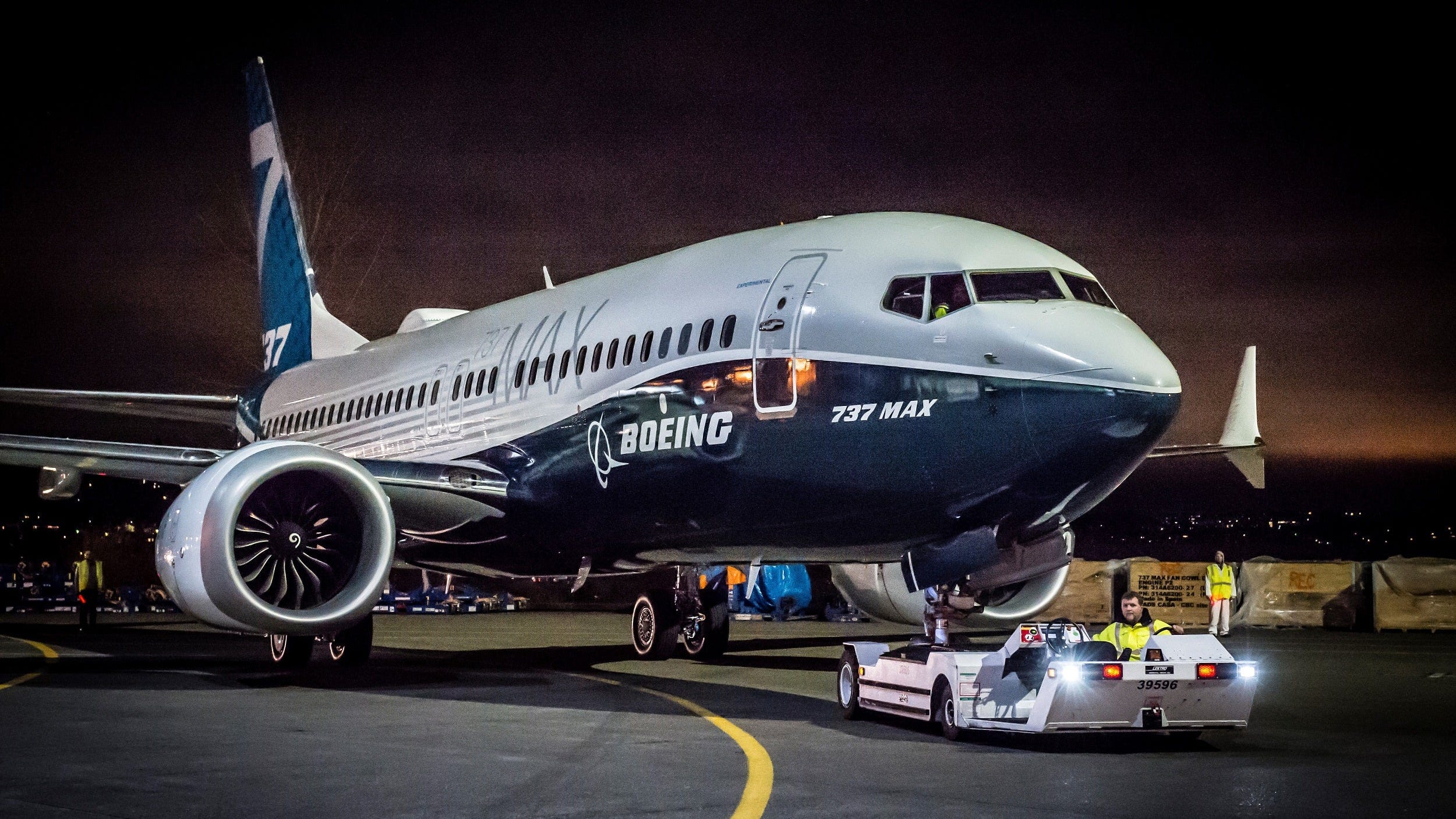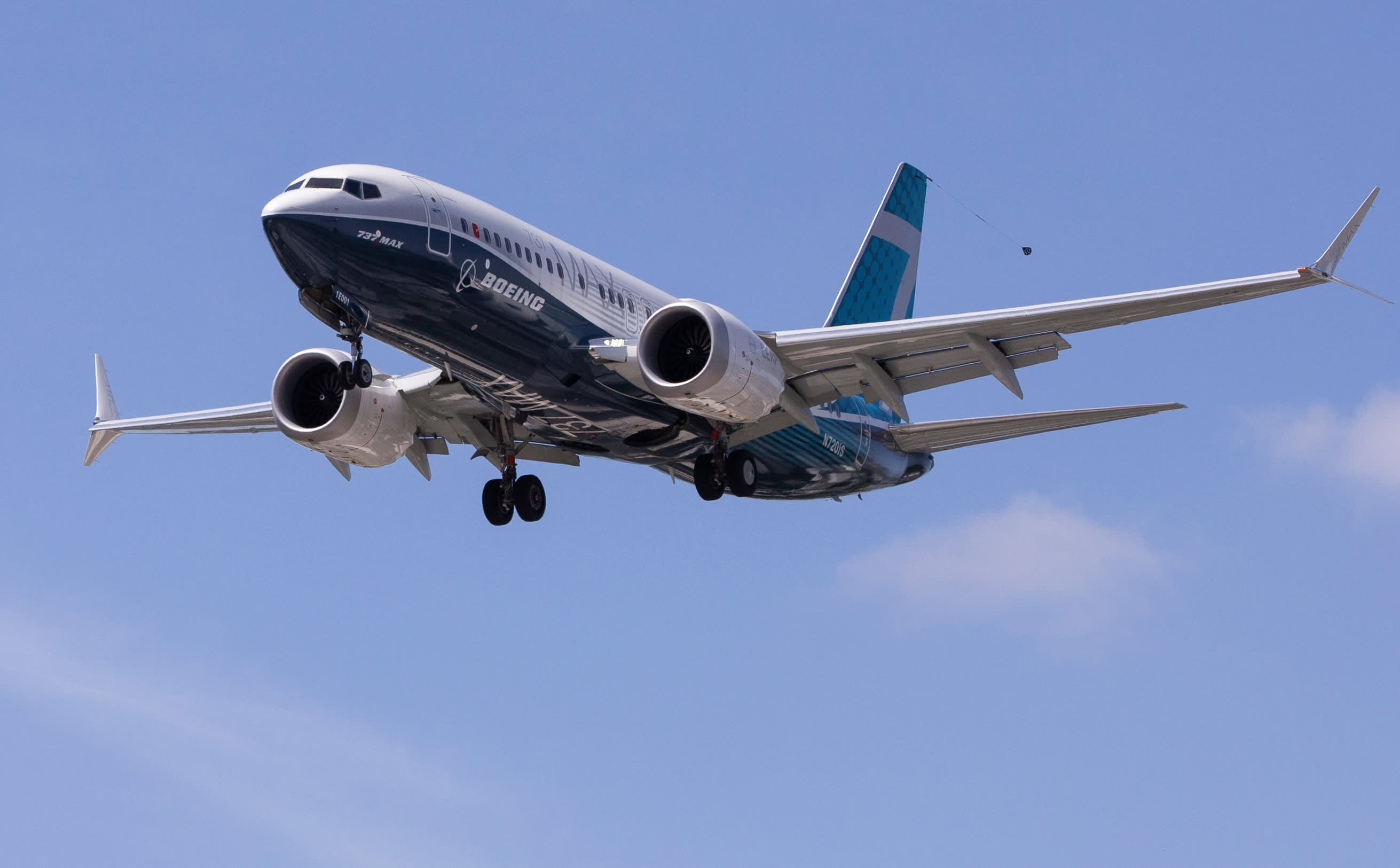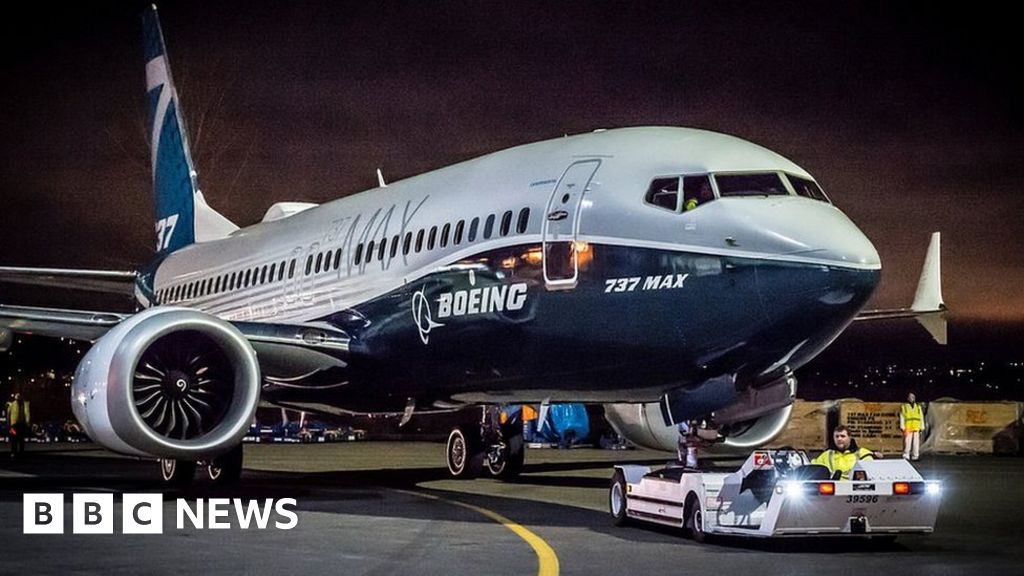Let's wait & see that we don't have another crisis like a war with Iran.
OT:
Strategically, going full force now will benefit from the widespread lock down and low gas prices (they are depleting their reserve to make for the loss in profit & we de-facto counter their terror strategy by eliminating most cluster of people).
OT:
Strategically, going full force now will benefit from the widespread lock down and low gas prices (they are depleting their reserve to make for the loss in profit & we de-facto counter their terror strategy by eliminating most cluster of people).
Last edited:



